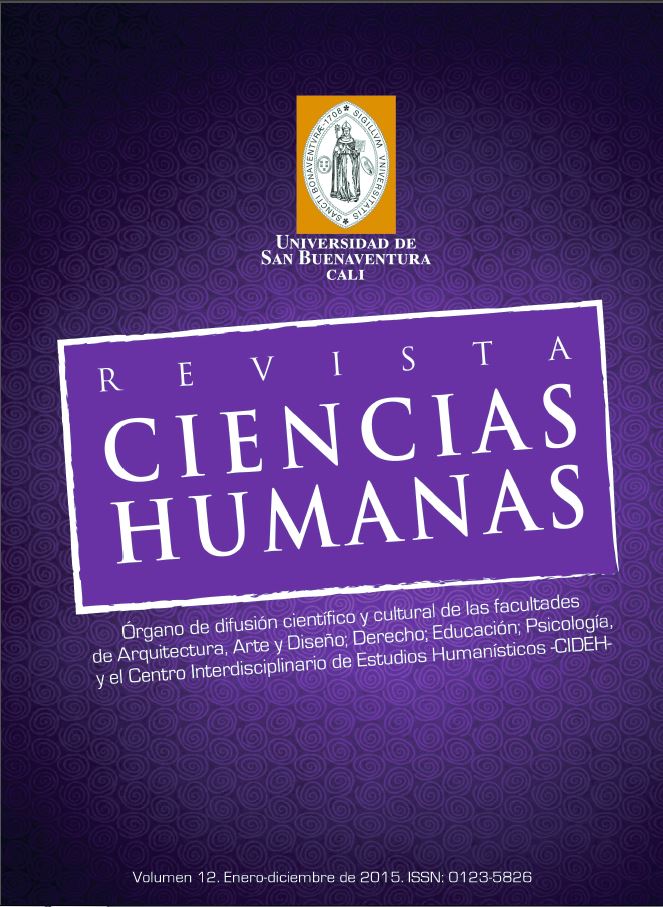The Revista Ciencias Humanas provides open and immediate access to its content, based on the principle of offering the public free access to research to aid in the greater global exchange of knowledge.
Except as otherwise stated, the content of this journal is licensed under a Creative Commons Attribution-NonCommercial-NoDerivatives 4.0 International (CC BY-NC-ND 4.0) license available at http://creativecommons.org/licenses/by-nc-nd/4.0/.
- Attribution. You must give appropriate credit, provide a link to the license, and indicate if changes have been made. You may do so in any reasonable manner, but not in a way that suggests that the licensor endorses you or your use.
- NonCommercial. You may not use the material for commercial purposes.
- NoDerivatives. If you remix, transform, or build upon the material, you may not distribute the modified material.
- No Additional Restrictions. You may not apply legal terms or technological measures that legally restrict others from doing anything the license permits.
Abstract
Las relaciones Estado/empresa/Iglesia, la geografía de la globalización, el capitalismo industrial/cognitivo/informacional, la multiplicidad de somatotipos, las expresiones étnicas, raciales, las diferencias y la diversidad y las demandas de la nueva economía –(industrialización frente a consumo) han sido algunas de las discursividades que han regulado en la cultura líneas de acción y políticas concretas (biopolíticas, anatomopolíticas, geopolíticas) en cuanto ella, como experiencia histórica de la modernidad, ha sido después de la segunda mitad del siglo XX, rejilla de incorporación del andamiaje de la productividad al mundo social y escenario de las exigencias de esta nueva economía mundial. A su vez, dichas discursividades son posibles en cuanto hay un individuo moderno “[…] que cuestiona su historia y piensa, imagina y acomete su propia constitución y transformación y lo hace en buena parte en el cuerpo, con el cuerpo y mediante el cuerpo” (Pedraza, 1999, p. 14)








